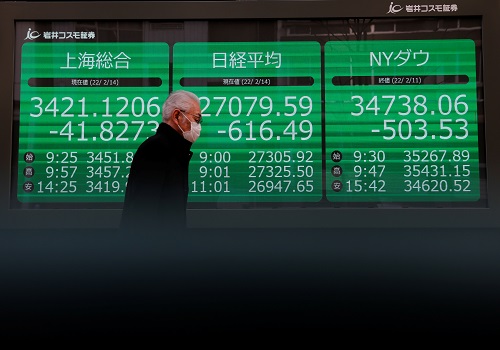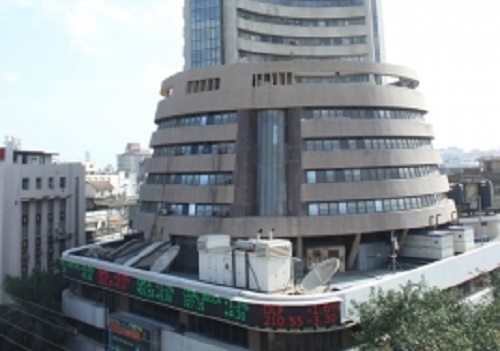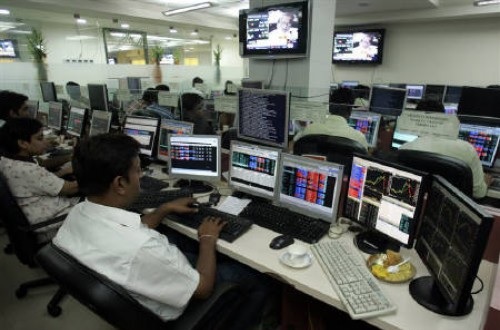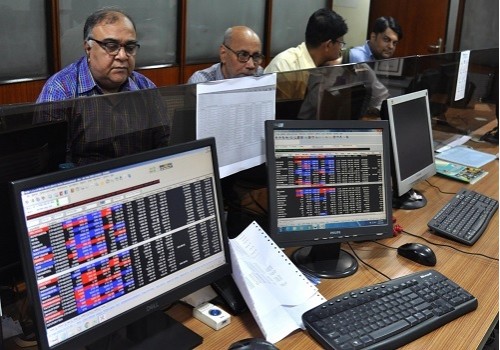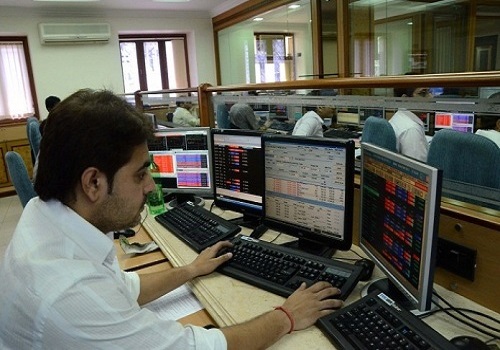28-12-2023 11:26 AM | Source: Kotak Institutional Equities

Money Market and FX Weekly report from Kotak Institutional Equities

Follow us Now on Telegram ! Get daily 10 - 12 important updates on Business, Finance and Investment. Join our Telegram Channel
- System liquidity to remain tight. System liquidity conditions tightened significantly last week amid heavy outflows from GST and advance tax collections and muted government spending. On a W-O-W basis, liquidity tightened to Rs2.6 tn (from a deficit of Rs593 bn on December 15, 2023). The average overnight money market rates hovered in a range of 6.77%-6.80% through the week. This week, we expect system liquidity to remain tight followed by an easing next week amid heavy month-end government spending. Notably, the government has adequate room to spend in 4QFY24 and we expect the government to run down on its cash balance in the coming months.
- Government cash balance to remain high. Government cash balance was broadly in line with our expectations at ~Rs2.4 tn as on December 15, 2023 (from ~Rs2.5 tn as on December 8, 2023). Based on the movement in the liquidity numbers last week, we expect cash balances to have surged to ~Rs4.5 tn amid GST and advance tax collections. Going into this week, we expect cash balances to remain high (but moderate) to ~Rs4 tn amid some month-end government spending.
- CIC trends. CIC was broadly unchanged at Rs33.7 tn in week ending December 15, 2023. The current CIC outstanding is at 11.3% of the FY2024BE GDP. In FYTD24, CIC has fallen by Rs108.5 bn compared to an increase of Rs1.08 tn in the same period last year.
Liquidity forecast for the week December 23-29, 2023

- Bond markets trade in a range. Indian bond market traded in a range in the early part of the week. However, higher crude oil prices and a marginal pick up in the US treasury yields caused the Indian 10-year G-sec yield rose through the week to close higher at 7.19% (3 bps on a W-O-W basis). In the US, year-end thin volumes and the lower-than-expected November PCE inflation data extended the downtrend in the US treasury yields: on a W-O-W basis, while the 10-year US treasury yield was broadly unchanged, the 2-year yield was lower by 12 bps. However, protracted geopolitical conflicts drove up crude oil prices by 3.3% on a W-O-W basis. We continue to expect the benchmark 10-year G-sec to trade in a range of 7.10-7.25% in the near term.
- MPC minutes reflect continuing concerns on food inflation; shift in stance likely soon. The minutes of the December RBI MPC meeting continued to reflect members’ concerns on inflation (mainly food inflation) stemming from adverse weather events, and supply-side constraints. Members reiterated the need to stay focused on the 4% inflation target. Governor Das noted that “the projected inflation (4.7%) in Q3 of next year… is perilously close to 5%” which called for the need of an actively disinflationary monetary policy. However, members were comforted by the resilient growth and the downward trend in services and core goods inflation. Dr Patra noted that recent GDP data reinforced the view that the output gap in India had turned positive since the start of the year. On real policy rates, Dr Goyal noted that if inflation was to moderate sustainably to 4% by mid-2024, real rates will be too high without any action being taken. Dr Varma noted that a sustained moderation in the inflation trajectory (barring transient food price spikes) would make a “compelling case” for continuously calibrating the nominal policy rate “to keep the real interest rate slightly below 1.5%” (from more than 2% currently). The focus on real policy rates, in our view, reflects the onset of differing views on the policy stance which should begin manifesting in split votes in the upcoming policies. We maintain our view of a pause by the RBI in 1HCY24, with a likely shift in stance to neutral in 1QFY25.
- INR remains in a range. INR opened last week on a stronger footing trading at sub-83 levels aided by softness in the US Dollar. However, through the course of the week, the INR was weighed down by rising crude oil prices and continued RBI intervention. The DXY index fell through the week, closing at 101.7 (0.8% lower on a W-O-W basis) amid a softer-than-expected GDP and November PCE (and core PCE) inflation. Tracking these cues, the USD-INR depreciated by 0.4% intra-week to end the week at 83.15. We continue to expect the USD-INR to trade in the 82.75-83.50 range in the near term.
Above views are of the author and not of the website kindly read disclaimer
To Read Complete Report &
Disclaimer
Click Here
Views express by all participants are for information & academic purpose only. Kindly read
disclaimer before referring below views. Click Here For Disclaimer
Latest News

Work on Mumbai-Ahmedabad Bullet Train Project progre...

Snapdeal`s loss narrows to Rs 160 crore in FY24

NHAI invites tenders for Telangana`s Regional Ring Road

Centre`s digitisation drive makes life easier for pe...

Venture Capital investments in India surge to $16.8 ...

India records highest ever coal production in 2023-2...

Indian Inc hiring will see uptick in 2025 in sectors...

Budget 2025-26: CII urges government to cut income ...

Nifty, Bank Nifty and Stocks to watch out 29.12.202...

Indian Railways completes 6,450 km track renewal, ra...





